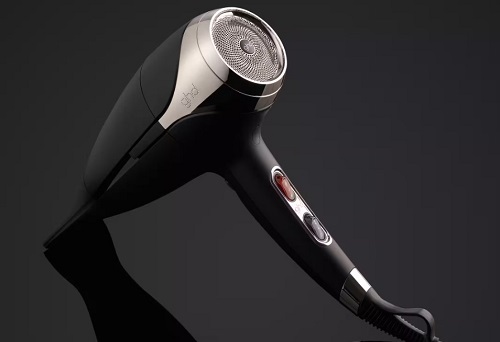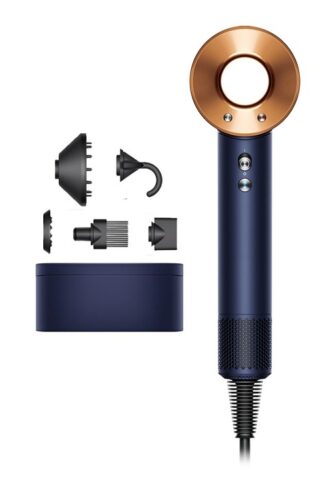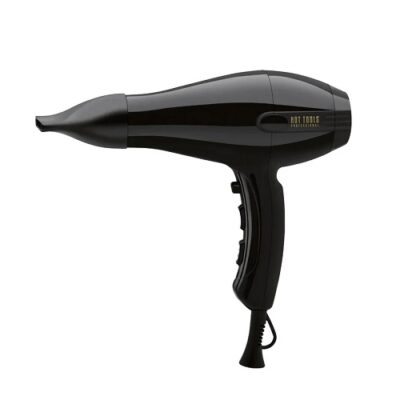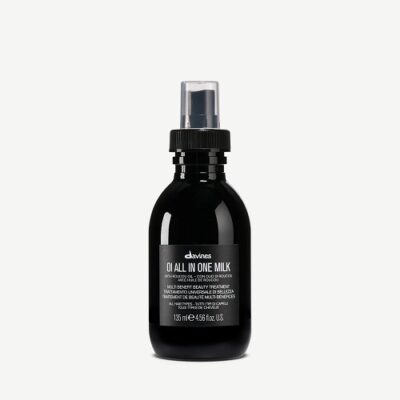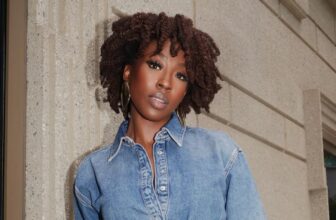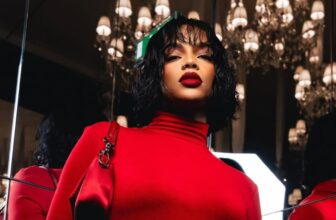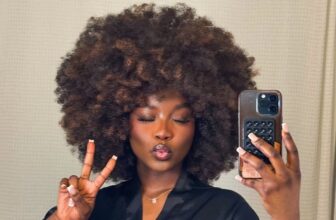Air Drying vs. Blow Drying: Which is Better for Your Hair?
When it comes to drying your hair, you have two options: letting it air-dry naturally or using a hairdryer to speed up the process.
Many people have recently leaned towards air-drying, partly due to the belief that it’s better for hair than blow-drying. This idea comes from warnings about the potential damage caused by blow-drying, such as split ends, breakage, and dryness from heat exposure.
However, the debate about whether air-drying is truly better for your hair continues. While air-drying avoids the heat damage associated with blow-drying, it has its own drawbacks. Prolonged wetness can also lead to hair issues, including split ends and weakened strands.
So, which method is better for drying your hair? We’ll break down the pros and cons of both air-drying and blow-drying, and help you decide which option suits your hair needs best.
Is blow-drying bad for your hair?
Blow-drying does have some downsides. Using heat can damage the outer layer of your hair, leading to swelling and breakage. Prolonged exposure to heat can also strip the hair of its natural oils, causing dryness and split ends.
However, blow-drying can offer benefits like added volume, style and shine. Still, too much heat can create bubbles in the hair, which can make it feel and look dry.
Consider using the Ghd Helios 1875W Advanced Professional Hairdryer for quick drying on a medium heat setting without causing frizz. The Dyson Supersonic is also recommended for fast drying with minimal damage.
Ghd Helios 1875W Advanced Professional Hairdryer
Dyson Supersonic Hairdryer
For a budget-friendly option, the Hot Tools Pro Signature Ionic Ceramic Hair Dryer can cut drying time in half. Experts suggest using your fingers to rough-dry your hair instead of a brush to minimize tugging.
Hot Tools Pro Signature Ionic Ceramic Hair Dryer
Is air-drying good for your hair?
The idea that air-drying is good for your hair is a myth. Hair can absorb up to 30% of its weight in water, making it weaker and more prone to damage from brushing and styling. Natural drying takes time, and the longer hair stays wet, the more the cortex swells and cracks, causing permanent damage.
There’s little evidence to suggest that air-drying is better or worse than blow-drying. Both methods have their pros and cons, and good technique is essential for keeping hair healthy. When hair is wet, its elasticity increases, allowing it to stretch more.
Using items like brushes, clips, or tools that stretch the hair while it dries can lead to unnecessary tension and snapping. Even a simple ponytail can cause this if it’s too tight. Sleeping with wet hair isn’t a great idea either, as the friction from pillows can cause knotting and damage.
Air drying has its advantages, such as avoiding heat damage. Using a blow dryer too close to the scalp, on the other hand, can cause inflammation. Air-drying also helps maintain the cuticle’s lipid layer, which is important for keeping hair healthy and frizz-free. For those with damaged, color-treated, or high-porosity hair, air-drying is often the better choice.
If you choose to air-dry your hair, it’s important to use the right products to keep it safe. We recommend using a protective leave-in conditioner like Davines Oi Milk (shop below) and avoiding brushing or stretching your wet hair. Instead, gently squeeze out excess water with a microfiber towel and use a brush designed for wet hair, starting at the ends and working your way up.
Davines Oi Milk
Air-drying or blow-drying: which is better?
So, should you blow-dry or air-dry your hair? Both methods can cause damage if not done correctly, so it comes down to personal preference.
While air-drying has been thought to be the gentler option, recent studies suggest otherwise. Research from Yonsei University in Korea found that hair left to air-dry can suffer more damage to its inner layers due to prolonged exposure to moisture. This repeated swelling and drying can weaken the hair, making it more prone to breakage.
Blow-drying can be better because it prevents hair from remaining wet and swollen for too long. Prolonged wetness can cause the hair’s internal layers to weaken and lead to issues like frizz and fungal growth in dense hair types.
When deciding between methods, consider factors like your hair type, existing damage, porosity, color, and lifestyle.
But for the healthiest results, a combination of blow-drying and air-drying is recommended. Avoid brushing wet hair, as it’s at its most delicate. A good hair routine involves rough-drying with a blow dryer to remove most moisture and then allowing the rest to air-dry. Use products that hydrate and protect your hair before styling to maintain healthy, resilient strands.
How to dry your hair safely
- Gently pat your hair with a microfiber towel to remove excess water. Avoid rubbing back and forth, as this can cause breakage.
- Apply your hair products, like heat protectants, leave-in conditioners, and detangling sprays, focusing on the mid-lengths to ends.
- Set your hair dryer to the lowest heat setting and keep it moving around your head until your hair is about 80% dry. Start by blow-drying the ends first, where most of the water collects. Dry your hair in sections to ensure even heat and avoid using a brush at this stage.
- When your hair is about 80% dry and still slightly damp, gently brush it with your hands or a soft-bristled brush.
- Let the remaining moisture air dry to avoid over-drying. This is the best time to style your hair, as it’s damp enough to shape but not so wet that it’s weak.
Photo: Getty Images
You May Also Like:
15 Chic Braided Bob Hairstyles to Try for a Confident Look
December 23, 20255 Ways Honey Can Transform Your Hair Routine Naturally
December 22, 202515 Festive Holiday Hairstyle Ideas That Will See You Through The Season
December 10, 2025How to Maintain Natural Hair Moisture During The Festive Season
December 9, 2025Kim Kardashian Expands Skims Into Hair Care With New Tangle Teezer and Slip Collabs
December 2, 2025How To Protect Your Natural Hair Under Wigs
December 1, 2025Pixie Cut Fever: Every Black Woman Suddenly Wants the Big Chop
November 5, 2025The Best Hairstyles for Women Over 50, According to Real Women
November 3, 2025Cardi B Says She Hasn't Washed Her Hair in 3 Months and Fans Does Not Like It
October 31, 202520 Sew-In Hairstyles So Gorgeous You’d Want to Screenshot
October 30, 2025Is 2025 The End of the Natural Hair Movement?
October 23, 2025Miley Cyrus Debut a Short Curly Blonde Hair and It's Cute
October 21, 2025Esther Ejoh is a Fashion Editor at Fashion Police Nigeria, where she writes all things fashion, beauty, and celebrity style, with a sharp eye and an even sharper pen. She’s the girl who’ll break down a Met Gala look one minute, rave about a Nigerian beauty brand the next, and still find time to binge a movie or get lost in a novel. Style, storytelling, and self-care? That’s her holy trinity.

